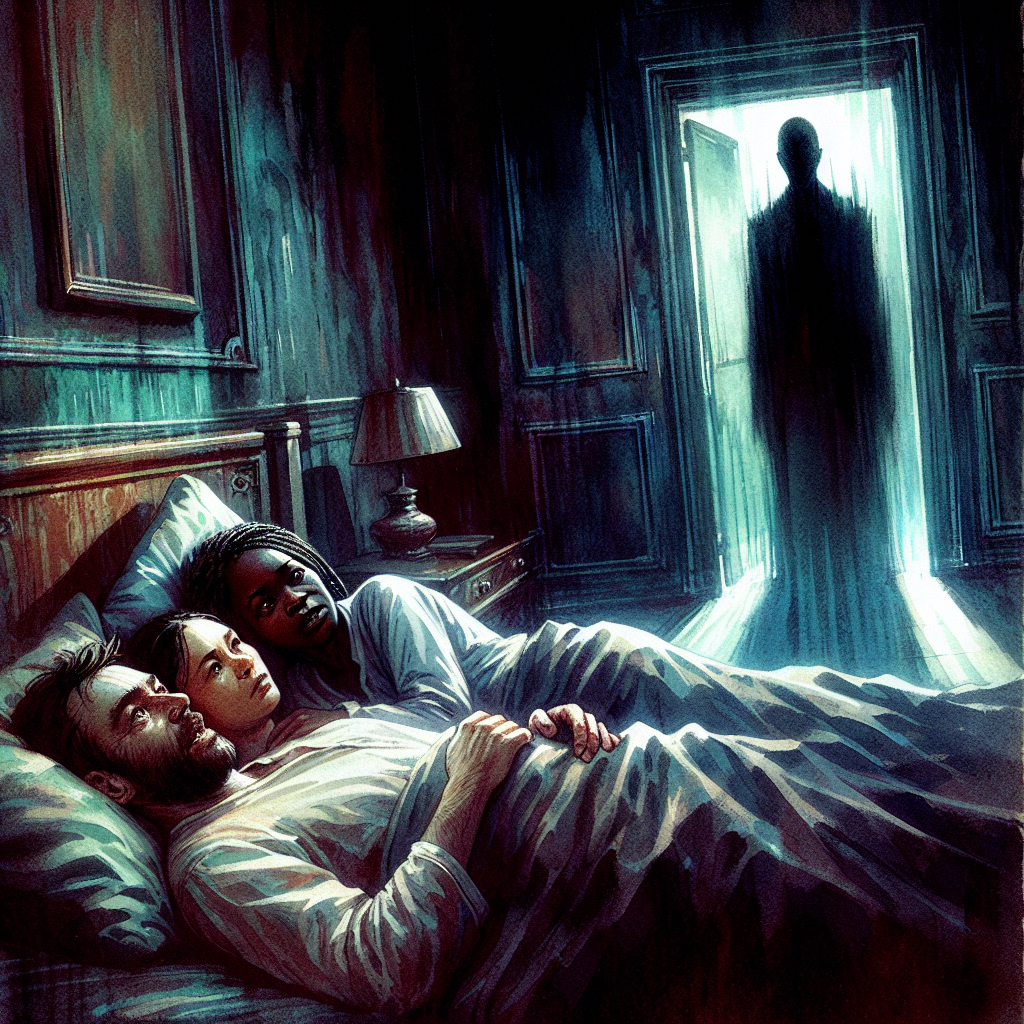The scratching started on our third night in the house. Just subtle at first—the kind of sound you’d attribute to settling pipes or skittering mice. Sarah said I was being paranoid when I mentioned it over breakfast, but I saw how her eyes darted to the walls when she thought I wasn’t looking.
We’d gotten the Victorian for a steal, really. The real estate agent seemed almost desperate to sell, practically stumbling over her words to explain away the previous owners’ sudden departure. “Family emergency,” she’d said, not quite meeting our eyes. “They had to leave rather abruptly.” Now, lying awake at 3 AM, those words took on a different meaning.
The scratching grew louder over the next few weeks. Sometimes accompanied by soft thuds, like footsteps moving through the walls. Our daughter Emma started talking about “the people in the walls” who watched her while she slept. We dismissed it as childhood imagination, even when she described them in vivid detail—their pale, stretched skin and wide, unblinking eyes.
“They’re hungry,” she told us one morning, pushing her cereal around the bowl. “They said they’re so hungry.”
I started noticing other things. Food disappearing from the pantry. Items moved slightly out of place. The constant feeling of being watched. Sometimes I’d catch movement in my peripheral vision—a shadow darting behind the walls, visible through the gaps in the old wainscoting. Sarah suggested we see a family therapist, convinced we were all feeding into each other’s anxiety about the new house.
Then we found the photographs.
They were tucked away in a shoebox in the attic, hidden beneath loose floorboards. Dozens of them, spanning decades. All showing the same family—mother, father, three children—standing in front of our house. The earliest photos showed them smiling, normal. But as the timeline progressed, they changed. Their faces grew gaunt, their eyes hollow. In the final photo, dated just months before we moved in, they barely looked human.
The next day, we found tiny handprints in the dust on Emma’s windowsill—from the inside of the glass. Sarah finally agreed something was wrong. We called the police, but they found nothing. Just old houses being old houses, they said. We’d have to learn to live with the creaks and groans.
But the sounds weren’t creaks and groans. They were whispers. Laughter. Footsteps. The walls seemed to pulse with life at night, like something was moving through the very veins of the house. We started sleeping in the living room, huddled together on the pull-out couch. Safety in numbers, we told ourselves.
Last night, Emma went missing.
We found her bedroom window open, curtains billowing in the winter wind. But the police found something else—a network of narrow passages hidden within the walls, connecting every room in the house. They were lined with children’s drawings, old food wrappers, and makeshift beds made from stolen blankets and clothing. Our clothing.
They still haven’t found Emma. Or the family whose photos we discovered. But sometimes, late at night, we hear her giggling behind the walls. She sounds happy, happier than she’s been in weeks. And sometimes, when I press my ear against the wallpaper, I hear her talking to them, her new family.
“Don’t worry,” she whispers. “Mommy and Daddy will join us soon. They just need to get hungry enough.”
We’re putting the house up for sale tomorrow. The real estate agent seems eager to help, though she warns us we might have to settle for a lower price, given the circumstances. As I watch her jot down notes, I notice how thin she looks, how her suit hangs loose on her frame. There’s something familiar about her hollow eyes, the way she keeps glancing at the walls.
I wonder how many families she’s fed to this house. How many more will come after us, drawn by the promise of a dream home at an unbelievable price. But mostly, I wonder if we’ll ever make it to the closing date. The scratching is getting louder now, and I’m so, so hungry.

Leave a Reply